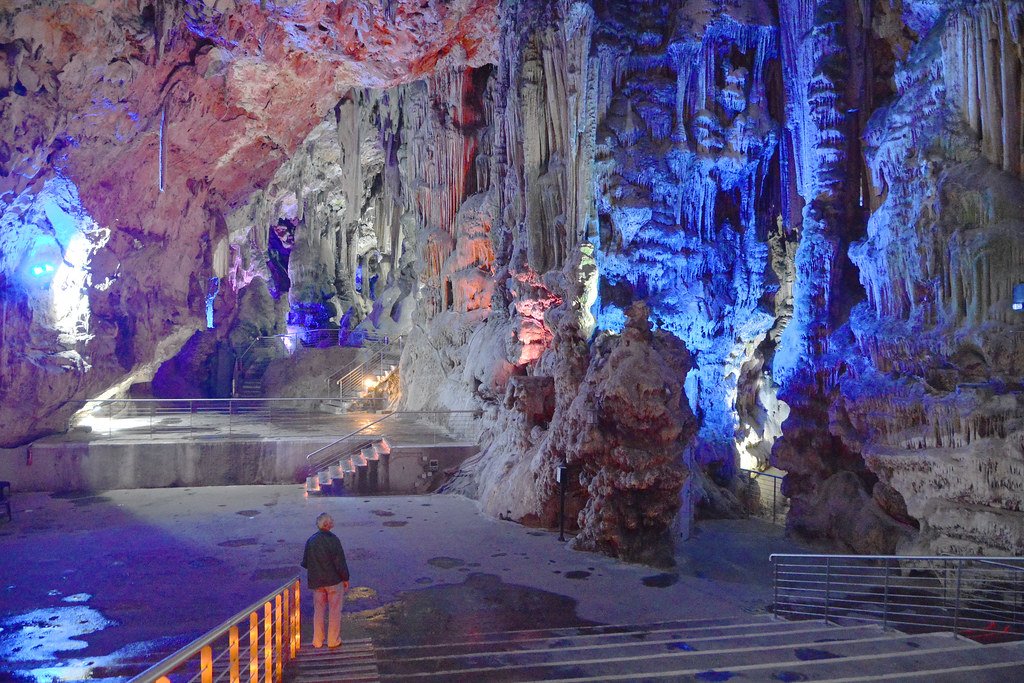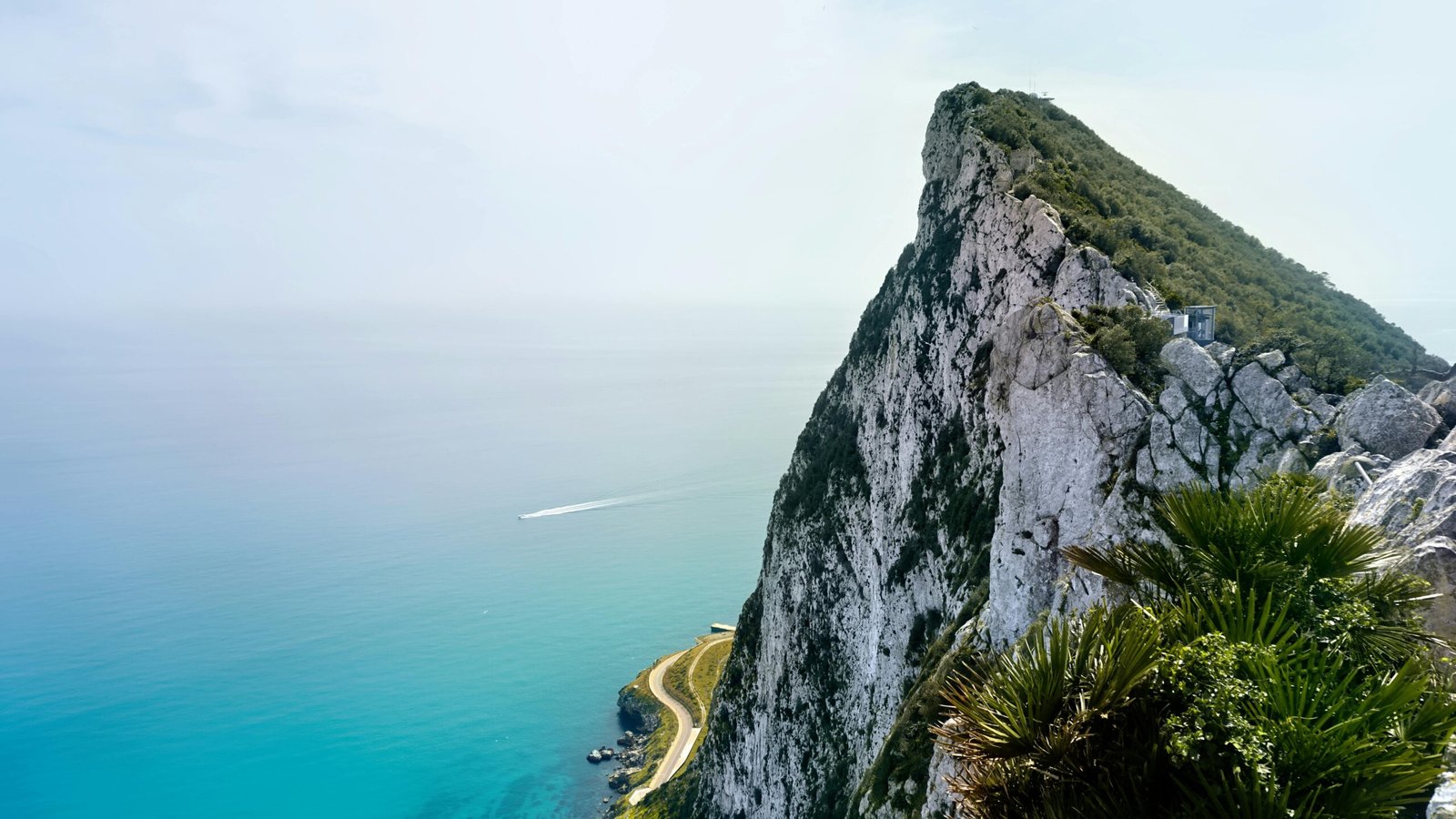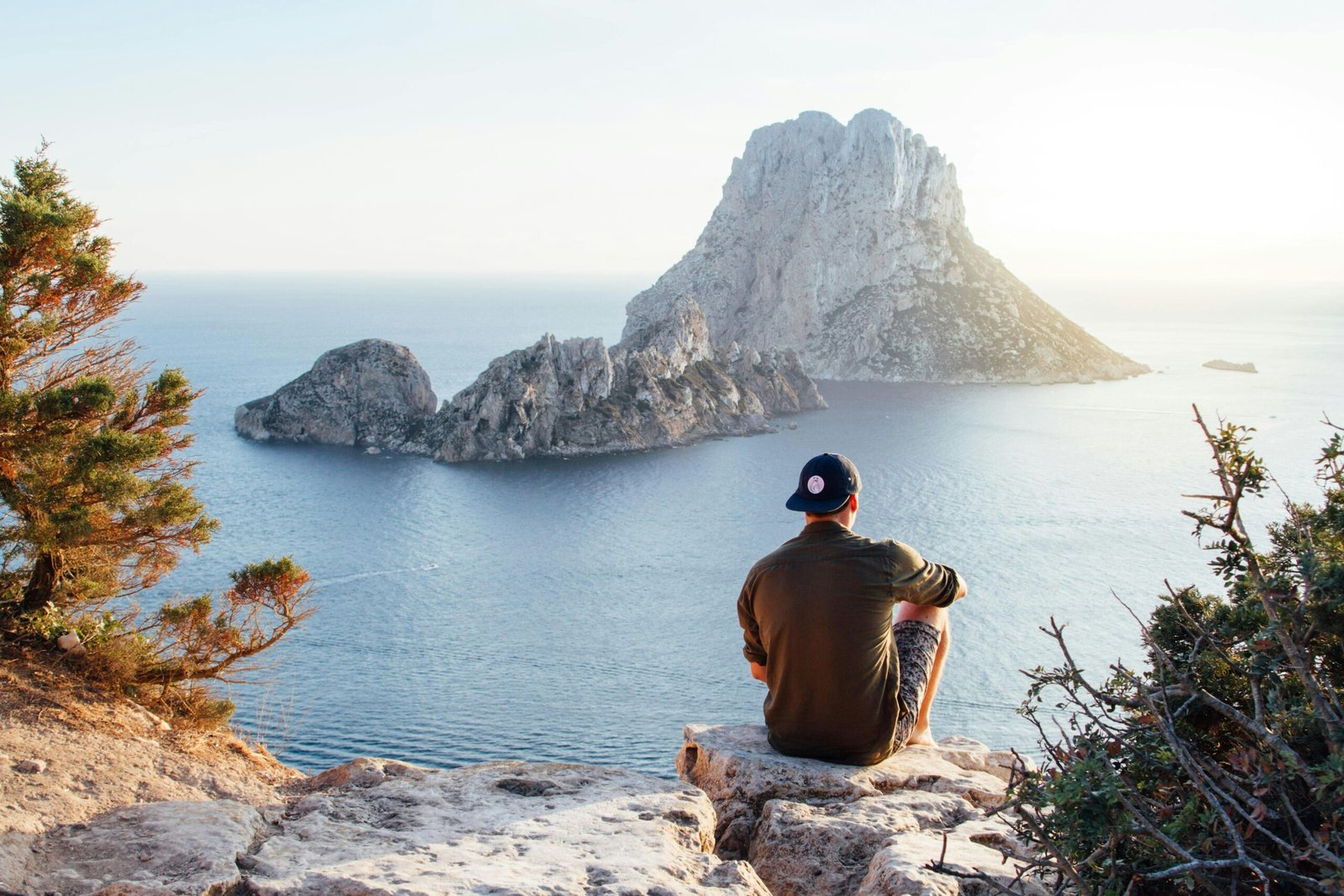Gibraltar, often referred to as “The Rock,” is more than just a stunning geographical landmark—it’s a place where history, culture, and nature collide. From its strategic importance to its unique blend of British and Mediterranean influences, Gibraltar has a story that’s as fascinating as its towering limestone cliffs. Let’s dive into the captivating tale of this iconic destination.
The Legend of Hercules and the Pillars
Gibraltar’s history begins with myth and legend. According to ancient tales, Gibraltar is one of the Pillars of Hercules, created by the Greek hero Hercules during his legendary twelve labors. These pillars—Gibraltar and Mount Hacho in Ceuta—marked the edge of the known world. For ancient sailors, passing through the Strait of Gibraltar was both a rite of passage and a leap into the unknown.
The Rock of Gibraltar has since become a symbol of strength and endurance, standing tall at the crossroads of Europe and Africa. Its imposing presence has inspired countless stories, from ancient myths to modern-day adventures.
A Strategic Stronghold Through the Ages
Gibraltar’s strategic location at the entrance to the Mediterranean has made it a prized possession for centuries. Its history is a tapestry of conquests, sieges, and battles.
The Moors
Gibraltar was first fortified by the Moors in the 8th century. They named it Jebel Tariq (Mountain of Tariq), after the Berber general Tariq ibn Ziyad, who led the Muslim conquest of Spain.
The Spanish
In 1462, Gibraltar was captured by the Spanish during the Reconquista. It remained under Spanish control for over 200 years
The British
In 1704, during the War of the Spanish Succession, Gibraltar was captured by an Anglo-Dutch fleet. The Treaty of Utrecht in 1713 formally ceded it to Britain, and it has remained a British Overseas Territory ever since.
One of the most famous chapters in Gibraltar’s history is the Great Siege (1779–1783), when Spanish and French forces attempted to reclaim the Rock. Despite being outnumbered, the British defenders held out for nearly four years, thanks to their ingenuity and the Rock’s natural defenses.
The Unique Culture of Gibraltar
Gibraltar is a melting pot of cultures, blending British, Spanish, and Mediterranean influences. With a population of just over 30,000, it’s one of the most densely populated territories in the world.
English is the official language, but many Gibraltarians are bilingual, speaking Spanish as well. You’ll also hear Llanito, a unique dialect that mixes English, Spanish, and other languages
Gibraltar’s food reflects its diverse heritage. Try calentita, a chickpea flour dish similar to Italian farinata, or rosto, a hearty pasta dish with meat and vegetables.
Gibraltar celebrates a mix of British and Mediterranean traditions. The annual National Day on September 10th is a vibrant celebration of Gibraltarian identity, complete with music, parades, and red-and-white flags.
The Famous Barbary Macaques
No visit to Gibraltar is complete without meeting its most famous residents—the Barbary macaques. These playful monkeys are the only wild primates in Europe and are shrouded in legend.
Locals say that if the macaques ever leave, so will the British. During World War II, when their numbers dwindled, Winston Churchill reportedly ordered more macaques to be brought from North Africa to ensure the legend held true.
Today, the macaques are protected, and their population is carefully managed. Visitors can observe them in the Upper Rock Nature Reserve, but be careful—they’re known to be mischievous!
Modern Gibraltar: A Hub of Adventure and Beauty
Today, Gibraltar is a thriving destination offering something for everyone. Here are some must-see attractions:
Upper Rock Nature Reserve

This protected area is home to the Barbary macaques, St. Michael’s Cave, and the Skywalk. The views from the top are breathtaking, stretching across the Strait of Gibraltar to Africa.
St. Michael’s Cave

Discover this natural limestone cave, filled with stalactites and stalagmites. It’s also used as a concert venue, thanks to its incredible acoustics.
Europa Point

Stand at the southernmost tip of Gibraltar and enjoy views of Africa across the Strait. Don’t miss the Ibrahim-al-Ibrahim Mosque and the Trinity Lighthouse.
Gibraltar Museum

Learn about Gibraltar’s rich history, from its prehistoric roots to modern times. The museum’s exhibits include artifacts from the Moorish and British periods.
Why Gibraltar Matters Today
Despite its small size (just 6.7 square kilometers), Gibraltar remains a symbol of resilience and cultural fusion. Its unique status as a British Overseas Territory, combined with its proximity to Spain, makes it a fascinating case study in geopolitics and identity.
Gibraltar’s Rock is recognized worldwide, symbolizing strength and stability. It’s a reminder that even the smallest places can have an outsized impact on histor
7. Practical Tips for Visiting Gibraltar

Getting There
Gibraltar has its own airport, but many visitors fly into Malaga or Seville in Spain and drive to the border.

Currency
Gibraltar uses the Gibraltar pound (GIP), but British pounds and euros are widely accepted.

Language
English is the official language, but Spanish is also widely spoken.

Best Time to Visit
Spring (March–May) and autumn (September–November) offer pleasant weather and fewer crowds.
Gibraltar’s story is one of myth, conquest, and survival. It’s a place where history comes alive, and every corner holds a new discovery. Whether you’re drawn by its legends, its wildlife, or its breathtaking views, Gibraltar is a destination that will leave you in awe.
Ready to explore Gibraltar? Let us help you plan your journey to this iconic Rock!




Leave a Reply